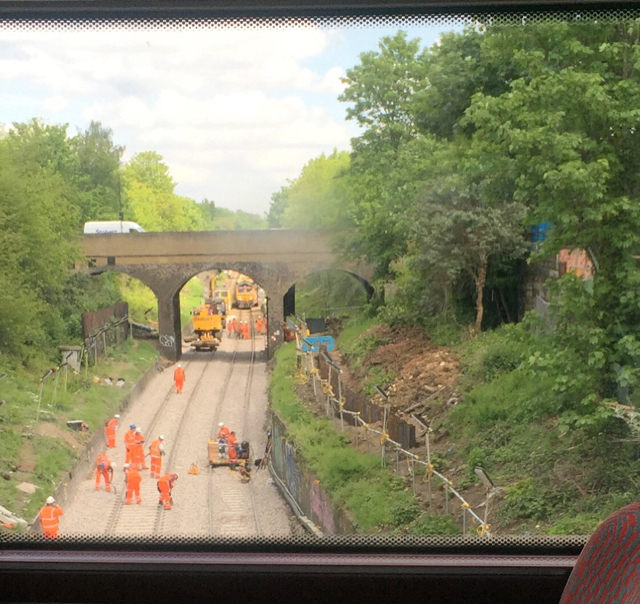Busaholic
Veteran Member
- Joined
- 7 Jun 2014
- Messages
- 14,164
Is it just my imagination or id Thamesmead the most isolated part of Greater London?
I was born and grew up in the Borough of Woolwich, now assimilated into Greenwich, and Thamesmead when being planned was on the very edge of London in the old pre- Greater London days. There were historical reasons why the London County Council area included Woolwich borough, which was further from Charing Cross than anywhere else in London, and Woolwich itself was much nearer Central London than most of the borough eg. Plumstead and Abbey Wood. Because of the poor transport connections, Thamesmead council housing was not popular with most would-be council tenants and, so, what the popular press of the day called 'problem families' moved in, or were perhaps created there, so the place became synonomous with anti-social behaviour. Scenes in the 'Clockwork Orange' film were shot here, to represent hopelessness and anarchy, and it became fertile territory for far right political groupings.
I hope the above helps with an understanding of the area. To the north lies the River Thames with, until recently, only a (daytime) ferry crossing from Woolwich to get anyone across the divide. To the east lies Erith, the home town of the late comedian Linda Smith, and her views on the place were pretty unprintable!


